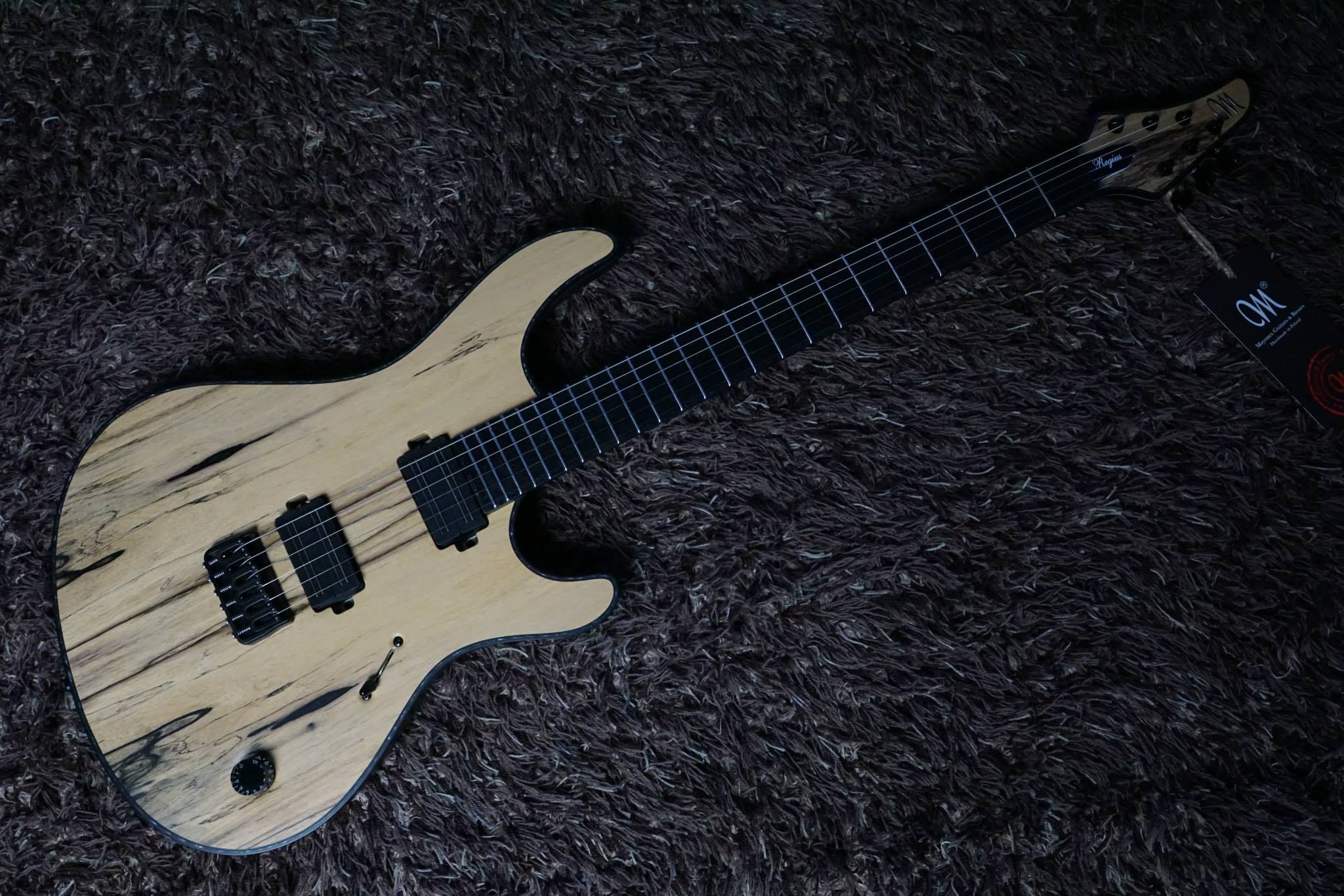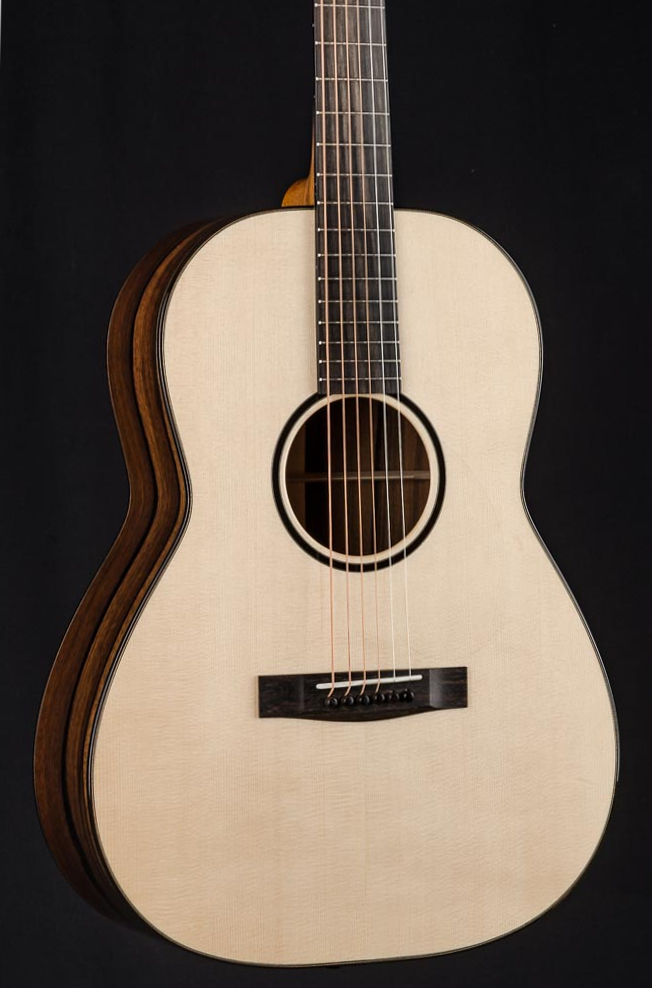

nut and saddle, along with the neck, and fretboard play a role in shaping the sound we hear, but it’s the soundboard that is most influential. Other components including the bridge and bridge materials e.g. How the soundboard (in combination with the back and sides) responds will shape the tonal qualities of the sound we hear ( frequency response), the volume and projection, and the speed of the sound (response). The soundboard’s tonewood is so influential because when a guitar is played, the vibration from the strings is transferred (via the bridge) to the top of the guitar. All things being equal, the characteristics of the woods used for the soundboard (the top), and back and sides play an enormous role. While it’s true that there are a lot of different factors that contribute to the sound we hear emanating from an acoustic guitar and the terminology we use to describe it, including the size and shape of the body, and the method of construction. Different tonewoods can accentuate this, giving the guitar a ‘rich’ or ‘complex’ tone.

Rich – Describes the combined sound of frequencies heard above the fundamental tone (the lowest frequency of a soundwave) and the fundamental.Warm – Lacks harshness, with an emphasis on low to mid-range frequencies.Responsive – Describes the speed the sound travels.Compressed – Reducing the dynamic range between louder and quiet frequencies.Crunchy – Warm and on the verge of distorting.Piercing – Metallic sounding with emphasis on the higher frequencies.Nasally/Boxy – The opposite of scooped with more dominant mid-range frequencies.Scooped – A darker tone, dominant on the lower and higher frequencies with a lack of mid-range.Crisp – A combination of articulate and bright.Balanced – Does not emphasize a particular set of frequencies over another.Bright – The higher frequencies are accentuated resulting in a ‘brighter tone’.Boomy – A combination of bass punch with sustain.Articulate – Clear sounding with good note separation.Brittle – Loss of clarity, on the verge of distorting.Smooth – Lacking harshness, providing a balanced response.Woody – Deep, lacking metallic sounding overtones.Luthiers use very deliberate terminology to describe the sounds they hear, much like a winemaker will use terms such as ‘bouquet’ and ‘flavor intensity’ to describe the quality of the wine they produce.Īs a result, the following terms are often used:

What Makes An Acoustic Guitar Sound The Way It Does? In the following article we’re going to explore acoustic guitar tonewoods in-depth, and explain how wood’s characteristics such as density, hardness, and flexible strength influence the tone, volume, responsiveness, and projection of an acoustic guitar.

The term ‘ Tonewood‘ is used to describe wood used in the construction of stringed instruments, which are selected for their acoustic properties.


 0 kommentar(er)
0 kommentar(er)
